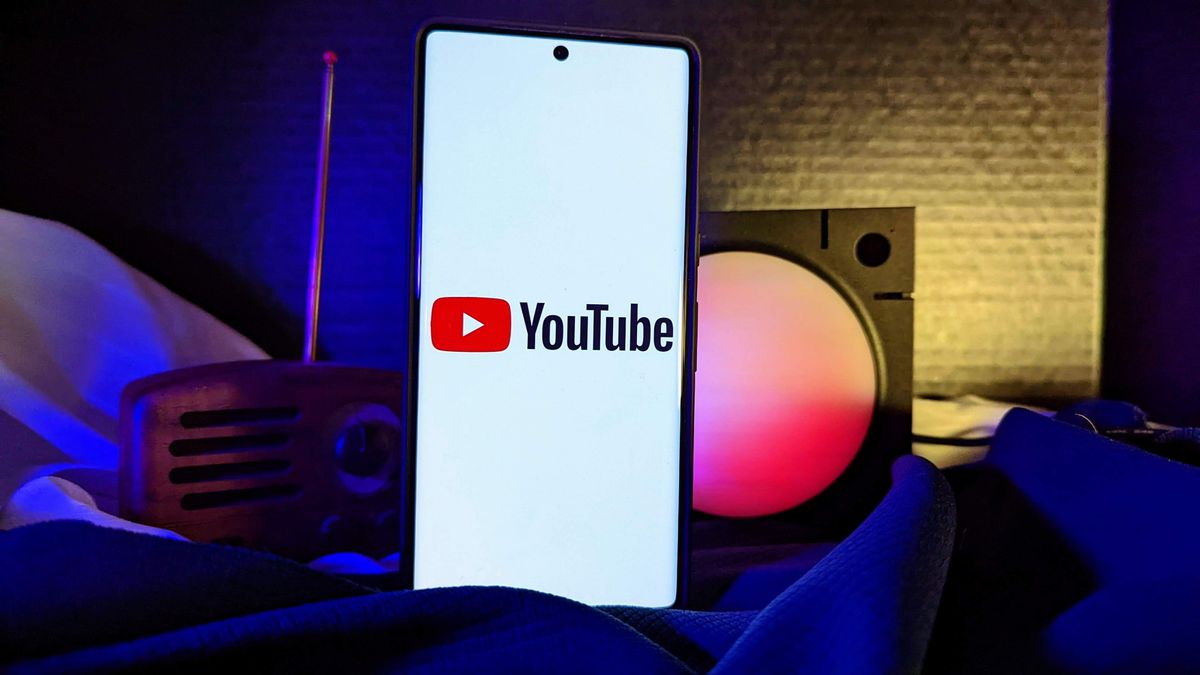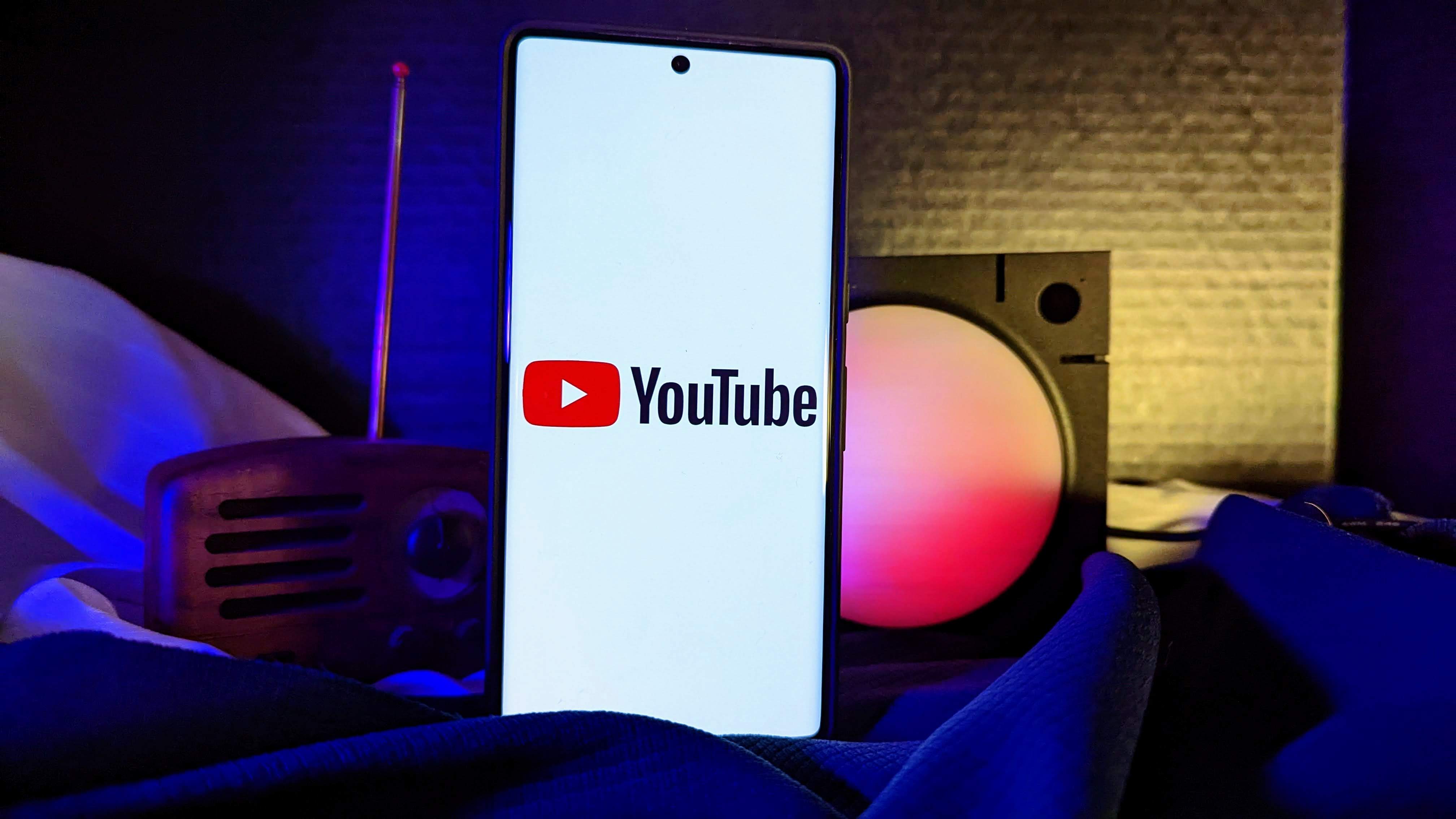

What you need to know
- YouTube’s experimental AI-generated video summaries are showing up on a limited number of English-language videos.
- The auto-generated summary provides an overview of what’s in a video but is not intended to replace human-generated video descriptions.
- These artificial intelligence summaries will appear on the watch and search pages on the video-sharing platform.
YouTube is trying out a new feature that uses AI to generate summaries of videos. This means you can quickly read the main points of a video without having to watch the whole thing.
The experiment, which was first spotted by Android Police, hopes to provide users with an overview of what is in store for viewers, complementing an existing description created by a human. Google says in a YouTube Help page that the experiment is currently live for a limited group of users and available on selected English-language videos.
Interestingly, the trial feature does not appear to be necessarily locked behind a Premium subscription. Most of the time, YouTube’s experimental features can be enabled via a dedicated web page that’s only accessible to YouTube Premium subscribers.
In this specific case, AI-created video summaries appear to be showing up for certain viewers regardless of their subscription status. These summaries appear on YouTube’s watch and search pages.
Google is far from the only company testing auto-generated summaries of online content using AI. Amazon, for example, recently tested summarizing product reviews left by customers on its shopping app, giving would-be buyers an idea about what people liked and disliked about that item, as per CNBC.
If you’ve encountered AI-generated video summaries, Google wants you to submit your feedback to the team working behind it. Seeing as no screenshots of the test were provided, it’s not clear what AI summaries look like or how viewers can share their feedback.
This experiment is one of a bunch of generative AI efforts Google has been making as it tries to stay ahead of the AI race, faced with tough rivals like OpenAI and Microsoft. In May, Google’s DeepMind demonstrated a visual language model that was used to generate descriptions for YouTube Shorts with the goal of making these clips more discoverable.
